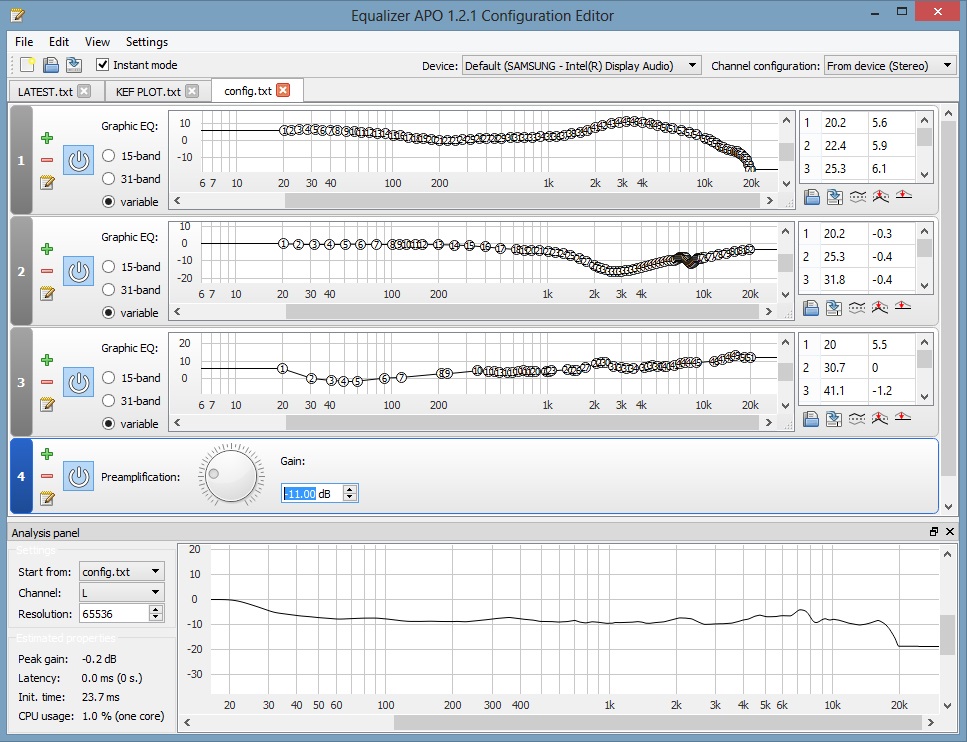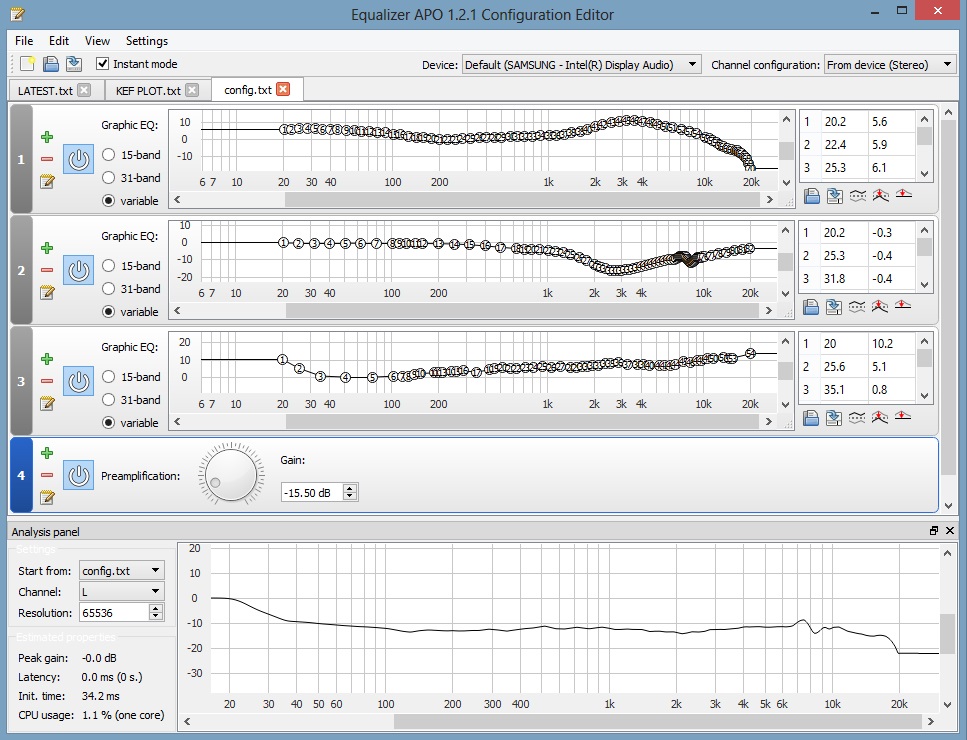E.g. for a while Yamaha NS-10 were popular, they had a precise impulse response and could sound somewhat bright (correct?), so the producers might have (did they?) created productions with less treble. Then other manufacturers might have found a reason in this to make their speakers like NS-10 (or otherwise bright) instead of doing this for the scientific reason that a good impulse response should give a more exact sound reproduction. How would I know which reason is true?
Have there been enough things to experiment with so that the sound reproductions follows the scientific (versus economic) reasoning? E.g. reproducing the human voice and listening to it and trying to blind-test if there is a person in front of you or not, or something like that maybe?
Very good question and one that would take a serious number of pages to answer fully. NS10s are a good example though. The main reason they became so popular was only partly due to their performance. More important was the rise of the minor celebrity freelance engineers/producers in the late 1970's and the fact NS10s easily fit in the trunk of a car! Contrary to what bigshot stated, moving from studio to studio revealed very significant monitoring differences, a big problem for the new freelance engineers of the time who therefore had no reference point. Carrying your own monitors around therefore provided some continuity of monitoring and the whole thing snowballed because the studios desperately wanted to attract those celebrity engineers/producers (because they bought with them the big label's sizable budgets), so they bought and installed NS10s to save the engineers/producers the trouble of having to carry their own. Why NS10s though? They were small because they had been designed as consumer speakers but they were pretty poor consumer speakers. They had a poor freq response, very poor bass and overhyped mids and highs but had very good time-domain performance. This combination of characteristics made them particularly revealing when placed close to the listening position on the meter-bridge of big recording consoles. This eventually led to the recording cliche that; "If you can get it to sound good on NS10s, it should sound good on pretty much anything!" Even so, it would be a very brave (or ignorant) producer who didn't at least check their mix on the studio's main monitors.
Initially, this all had little to do with science, there was no near-field monitor market segment at that time, most other small consumer speakers had a very different performance and those couple that were similar, didn't have a cool white cone! After their failure as consumer speakers and use by some of the famous producers, Yamaha rebranded them as "Studio Monitors" and the rest is history. Most other manufacturers who tried to jump on this new near-field monitor bandwagon didn't really try to copy the NS10, they tried to improve upon it's many and obvious weaknesses and it wasn't until much later (around the turn of the millennium) that science caught up and analyzed exactly why NS10s were so well suited to the role (use in a commercial studio on the meter-bridge of a large console) in comparison to other, seemingly better near-fields.
NS10s are a good example because much of the recording industry has followed a similar trend. Priority is
ALL about what makes it possible/easier to create hits! Recording technology has driven all the modern popular music genres but the speaker/headphone systems themselves, relatively little. To answer your question, productions using NS10s did not have less mids and highs, in fact, if anything, over the 80's and '90's productions in general gained more mid freqs. As mentioned, mixes made on NS10s would be checked on the main monitor system and then of course there was the mastering process, which was done on top of the line full range speakers. However, listening habits did influence music production, more people listening to music in cars and on portable devices in other sub-optimal listening environments was a contributing factor to the loudness war for example.
G











